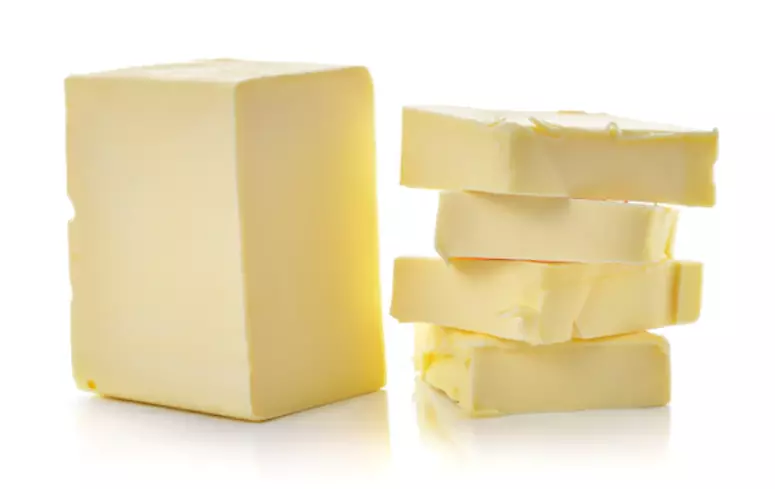IUPAC Name
Vegetable Oil
Cas Number
8029-82-1
HS Code
1517.10.10
Formula
C18H32O2
Industry
Food Ingredients
Appearance
White to pale yellow solid
Common Names
Vegetable Oil, Peanut Oil, Cottonseed Oil, Oil
Packaging
25 kg Carton
Brief Overview
Margarine is a spread used instead of butter. White butter is made from milk and dairy products; margarine is produced from vegetable oil and water. It is used for flavouring, baking, and cooking and was first prepared in France. There are three types of margarine available – soft spreads, hard margarine for baking and margarine in bottles to cook. One hundred grams of margarine contains 628 calories. It is highly rich in vitamin E and sodium.
Manufacturing Process
The margarine bought in the market is produced by emulsifying a blend of vegetable oils and fats, which is then subjected to fractionation and hydrogenation with milk for improved texture. Depending on its final fat content and its purpose, the level of water and the vegetable oils used vary slightly.
Food Industry
Due to its versatility, margarine is used as an ingredient in other food products, such as pastries, doughnuts, and cookies. It is a cheap alternative for regular butter. Certain margarine types are purely from plants and not from animals, and they are labelled vegan or dairy-free. It is used as a leavening agent, an emulsifier, a thickener and as artificial colouring.
